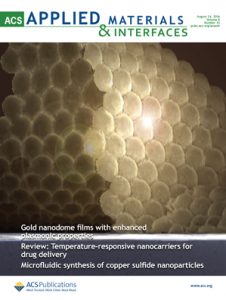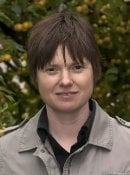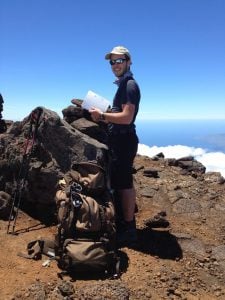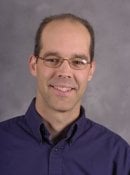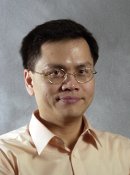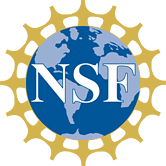 John Jaszczak (Physics and adjunct curator of the A. E. Seaman Mineral Museum) presented an invited lecture at the Denver Mineral and Gem Show (Sept. 16-18).
John Jaszczak (Physics and adjunct curator of the A. E. Seaman Mineral Museum) presented an invited lecture at the Denver Mineral and Gem Show (Sept. 16-18).
Jaszczak presented “Mineralogical Miracles From Merelani, Tanzania,” and brought an exhibit of faceted fluorite gemstones from the museum’s collection that were donated to the museum by the late Harold Dibble.
